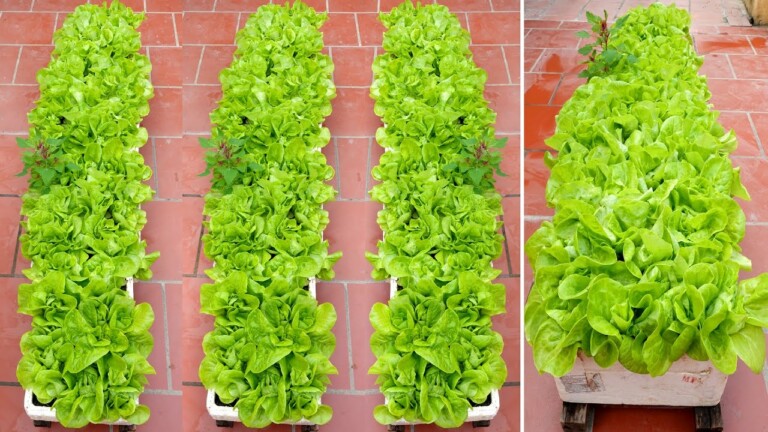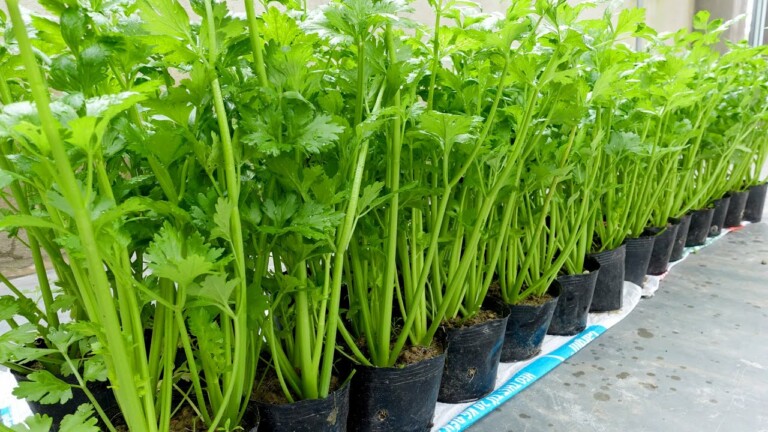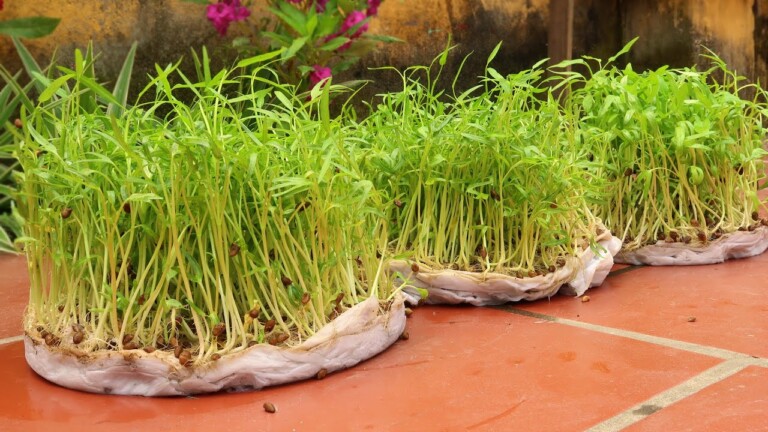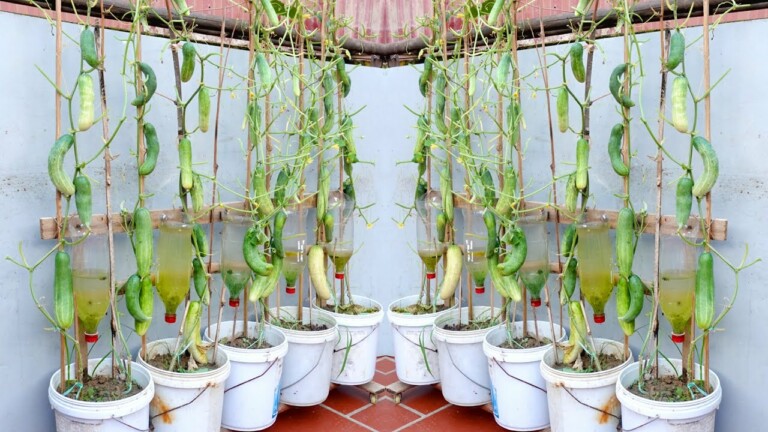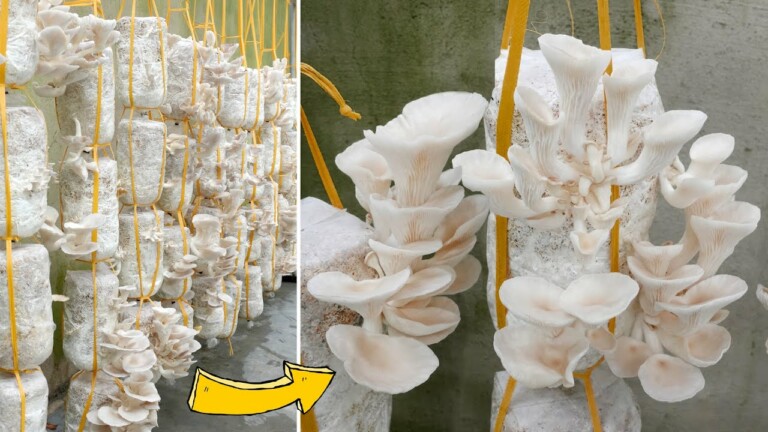How to grow white eggplant for high yield, easy for beginners
Are you interested in learning how to grow white eggplant for a high yield? If you’re a beginner looking for easy tips and techniques, you’ve come to the right place. In this blog post, we will guide you through the process of growing white eggplant successfully. By the end, you’ll be equipped with the knowledge and confidence to cultivate these delectable vegetables in your own garden. So, let’s dive in and discover the secrets to an abundant white eggplant harvest!
How to Grow White Eggplant for High Yield: Easy for Beginners
Introduction
Are you a beginner gardener looking to grow white eggplant at home? We’ve got you covered! In this article, we will provide you with a step-by-step guide to help you achieve a high yield of white eggplant. Whether you have a spacious backyard or limited space in an apartment, this method is suitable for all. Get ready to enjoy delicious and healthy eggplants right from your own garden!
Mixing the Soil: The Key to Success
Before you start planting your white eggplant, it’s crucial to prepare the soil properly. Here’s a simple and effective method to mix the soil for optimum growth:
-
Choose a well-draining location: Find a spot in your garden or balcony that receives at least 6 hours of direct sunlight each day.
-
Clear the area: Remove any weeds or debris from the chosen spot to ensure a clean environment for your eggplant to thrive.
-
Dig and turn: Use a garden fork or shovel to loosen the soil to a depth of at least 12 inches. Breaking up compacted soil will allow the roots to penetrate easily and absorb nutrients.
-
Add compost: Mix in 2-3 inches of compost or well-rotted manure into the soil. This will provide the necessary organic matter and improve its structure and fertility.
-
Adjust the pH level: Test the pH level of your soil using a pH testing kit, which can be easily purchased at any garden center. White eggplants prefer a slightly acidic soil with a pH range of 6.0-7.0. If the pH is too low or high, adjust it accordingly using garden lime or sulfur.
-
Blend in vermiculite or perlite: Adding vermiculite or perlite to the soil will enhance drainage and aeration, ensuring healthy root development.
Planting White Eggplant
Now that you have prepared the soil, it’s time to plant your white eggplant. Follow these steps for successful planting:
-
Choose quality seeds or seedlings: Select healthy and disease-free seeds or seedlings from a reputable source.
-
Start indoors (optional): If you want to get a head start, you can start the seeds indoors 6-8 weeks before the last frost date. Use seed trays or pots filled with seed starting mix and place them in a warm location.
-
Transplanting outdoors: When the temperature is consistently above 60°F (15°C), it’s safe to transplant your seedlings outdoors. Make sure to harden them off gradually by exposing them to the outdoor conditions for a few hours each day, starting with a shady spot and gradually increasing sun exposure.
-
Spacing: Plant the seedlings about 18-24 inches apart to ensure enough space for growth and proper air circulation.
-
Watering: Water the seedlings immediately after transplanting and maintain consistent moisture throughout the growing season. Avoid overwatering to prevent root rot. Water deeply once a week or as needed, depending on weather conditions.
-
Mulching: Apply a layer of organic mulch around the plants to conserve moisture, suppress weed growth, and regulate soil temperature.
Caring for Your White Eggplant
Growing white eggplant requires proper care and attention. Here are some essential tips to help you:
-
Fertilization: Feed your eggplants every 2-3 weeks with a balanced organic fertilizer to promote healthy growth and fruit production. Follow the instructions on the fertilizer package for the correct application rate.
-
Support the plants: As the eggplant grows, provide support by staking or using cages to prevent breakage in strong winds and heavy fruit load.
-
Pruning: Pinch off the terminal shoots when the plant reaches about 1 foot in height. This will encourage bushier growth and more flowering, leading to increased fruit production.
-
Pest management: Monitor your eggplants regularly for common pests like aphids, flea beetles, and spider mites. Use organic insecticides or homemade remedies to control infestations.
-
Harvesting: White eggplants are ready to be harvested when they reach a solid white color and have a shiny appearance. Use a sharp knife or pruning shears to cut the fruit from the plant, leaving a short stem attached.
Watch the Video Tutorial and Subscribe for Gardening Tips
To further assist you in growing white eggplant successfully, we have created a video tutorial that demonstrates the entire process. Watch the video on our YouTube channel using the link below:
Video Tutorial – How to Grow White Eggplant
Don’t forget to subscribe to our channel for more valuable gardening tips and tricks. By subscribing, you’ll stay updated with new videos and join a community of passionate gardeners.
Subscribe to our Channel – The Easy Organic Garden
Frequently Asked Questions
-
Can I grow white eggplant in containers?
- Yes, white eggplants can be grown in containers as long as the containers are at least 10-12 inches deep and have proper drainage holes.
-
How long does it take for white eggplant to mature?
- White eggplants typically take around 70-80 days from transplanting to reach maturity and produce fruits.
-
Should I remove the flowers from my white eggplant plant?
- It is generally recommended to leave the flowers on the plant. Removing the flowers can negatively affect fruit production.
-
Can I grow white eggplant from seeds saved from store-bought eggplants?
- Store-bought eggplant seeds may not always produce true-to-type plants. It’s best to purchase high-quality seeds or seedlings from a reputable source.
-
Are white eggplants as nutritious as their purple counterparts?
- Yes, white eggplants are just as nutritious as purple ones. They are a good source of dietary fiber, vitamins, and minerals, including potassium and vitamin C.
Conclusion
Growing white eggplant doesn’t have to be challenging, especially for beginners. By following the steps outlined in this article and providing proper care, you can enjoy a bountiful harvest of delicious white eggplants. Remember to watch our video tutorial and subscribe to our channel for more gardening insights. Happy gardening, and may your white eggplant thrive!


